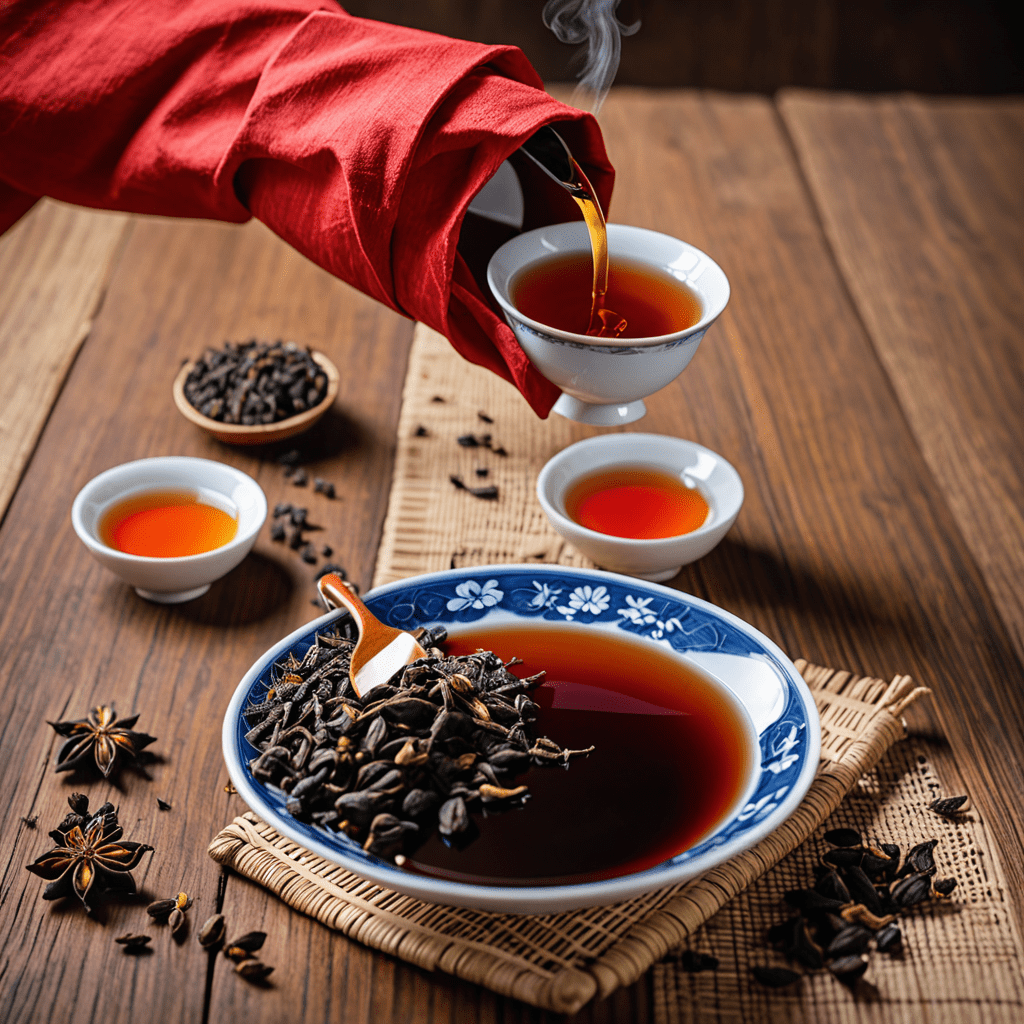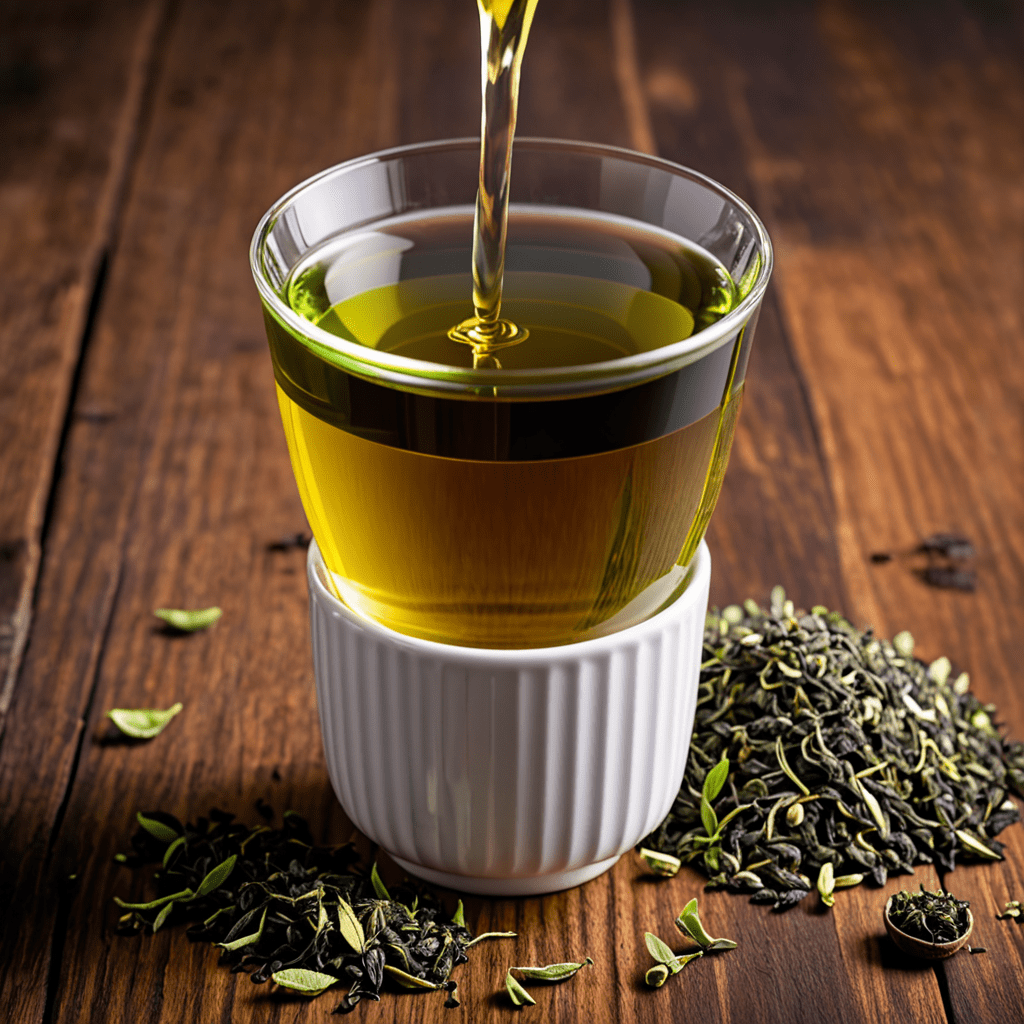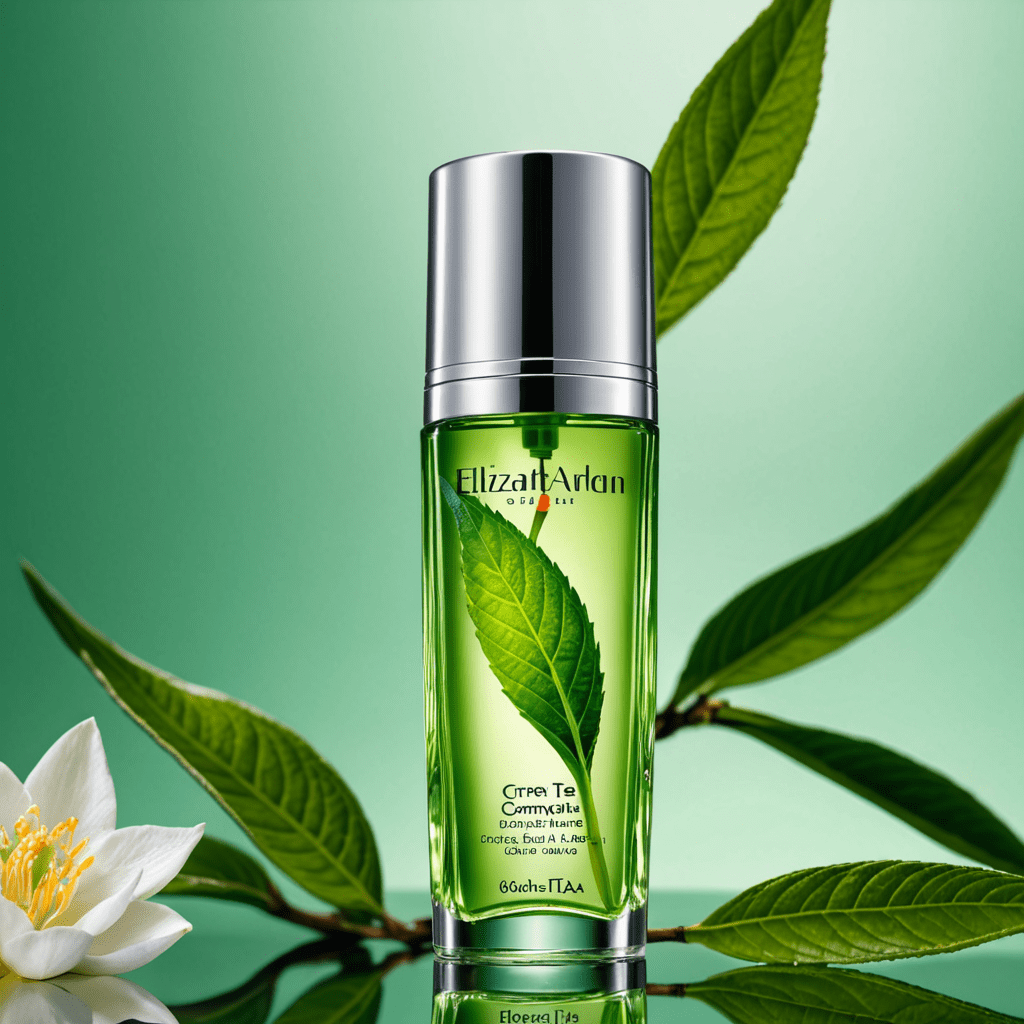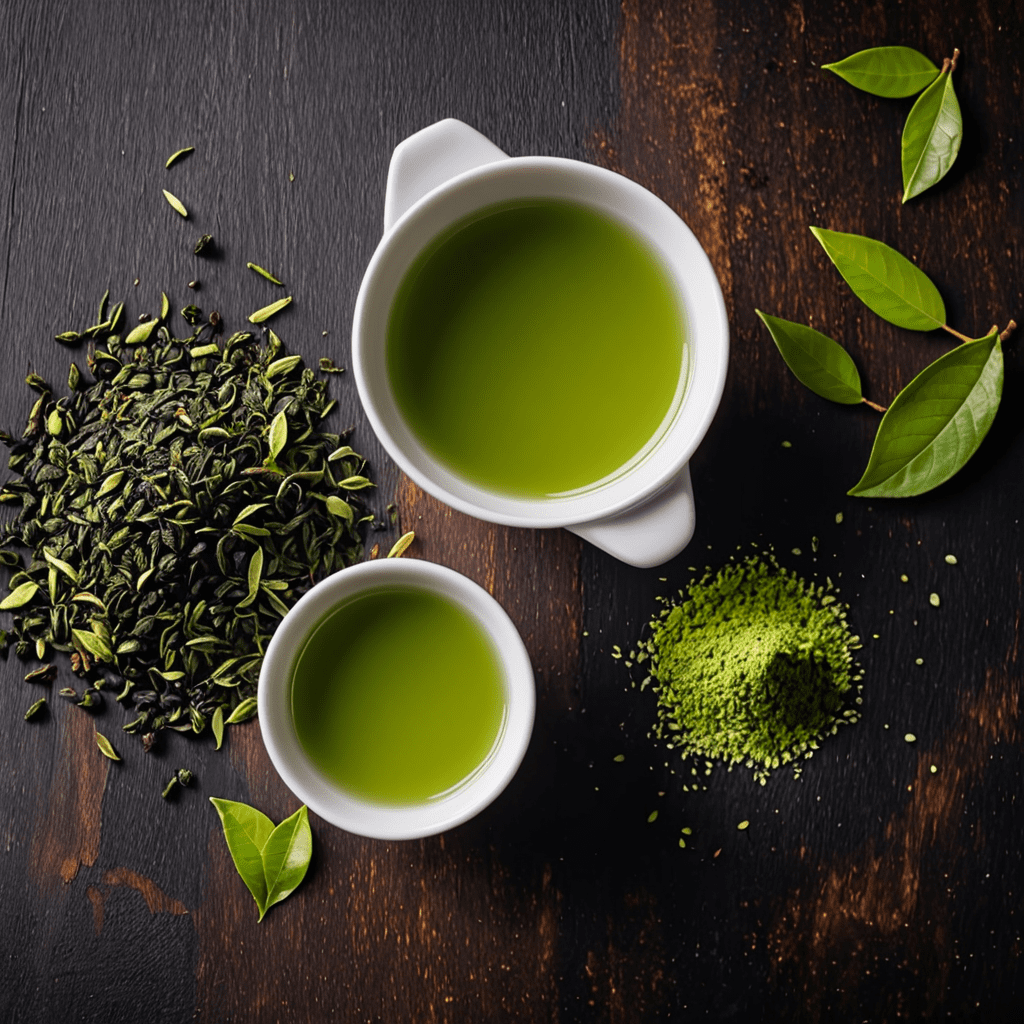Pu-erh Tea: A Blend of Tea Rituals and Traditions
When it comes to exploring the world of tea, one cannot overlook the rich history and cultural significance of Pu-erh tea. Originating from the Yunnan province in China, Pu-erh tea has been cherished for centuries for its distinct flavor profiles, health benefits, and the rituals and traditions associated with its consumption.
The Origins of Pu-erh Tea
Pu-erh tea, named after the market town of Pu-erh in southern Yunnan, has a history that dates back over a thousand years. It is one of the few teas that gets better with age, much like fine wine. The tea leaves undergo microbial fermentation and oxidation, which contributes to its unique earthy flavor and aroma.
Types of Pu-erh Tea
There are two primary types of Pu-erh tea: raw (sheng) and ripe (shou). Raw Pu-erh is known for its fresh, grassy taste, while ripe Pu-erh goes through a faster fermentation process, resulting in a rich and smooth flavor. Both types offer a different tea experience, appealing to a wide range of palates.
The Art of Brewing Pu-erh Tea
Preparing Pu-erh tea is a ritualistic practice that requires attention to detail. Traditionally, Pu-erh tea is steeped multiple times in a Yixing clay teapot or a gaiwan to extract the full flavor potential of the leaves. Each infusion reveals new nuances, making the brewing process an experience in itself.
Health Benefits of Pu-erh Tea
Aside from its unique flavor, Pu-erh tea is also celebrated for its health benefits. Rich in antioxidants and polyphenols, Pu-erh tea is believed to aid in digestion, weight management, and heart health. It is a popular choice among tea enthusiasts looking for a beverage that not only delights the senses but also nourishes the body.
The Role of Pu-erh Tea in Chinese Culture
In Chinese culture, Pu-erh tea holds a special place in ceremonies and social gatherings. It is often served to guests as a symbol of hospitality and respect. The act of brewing and sharing Pu-erh tea fosters connections and strengthens relationships, making it an integral part of Chinese tea culture.
Appreciating the Complexity of Pu-erh Tea
Exploring the world of Pu-erh tea unveils a tapestry of flavors, aromas, and traditions that have been passed down through generations. Whether you are a seasoned tea connoisseur or a curious beginner, delving into the intricate world of Pu-erh tea promises a journey of discovery and appreciation for the finer nuances of tea culture.
FAQ About Pu-erh Tea: A Blend of Tea Rituals and Traditions
What is Pu-erh Tea?
Pu-erh tea is a fermented tea that originates from the Yunnan province in China. It is known for its unique earthy flavor and smooth, rich taste. Pu-erh tea can be aged like fine wine, developing deeper flavors over time.
How is Pu-erh Tea Different from Other Teas?
Unlike most teas that are consumed shortly after production, Pu-erh tea undergoes a fermentation process that can last for years. This results in a distinct flavor profile and aroma that sets it apart from other teas.
What Are the Health Benefits of Pu-erh Tea?
Pu-erh tea is believed to have various health benefits, including aiding in digestion, reducing cholesterol levels, and potentially supporting weight loss. It is also rich in antioxidants, which can help boost overall health.
What Are Some Traditional Pu-erh Tea Rituals?
In Chinese culture, Pu-erh tea is often brewed using intricate rituals that date back centuries. One traditional way to prepare Pu-erh tea is through the Gongfu Cha method, which involves multiple short steepings to extract the full flavor of the tea.
How Should Pu-erh Tea Be Stored?



